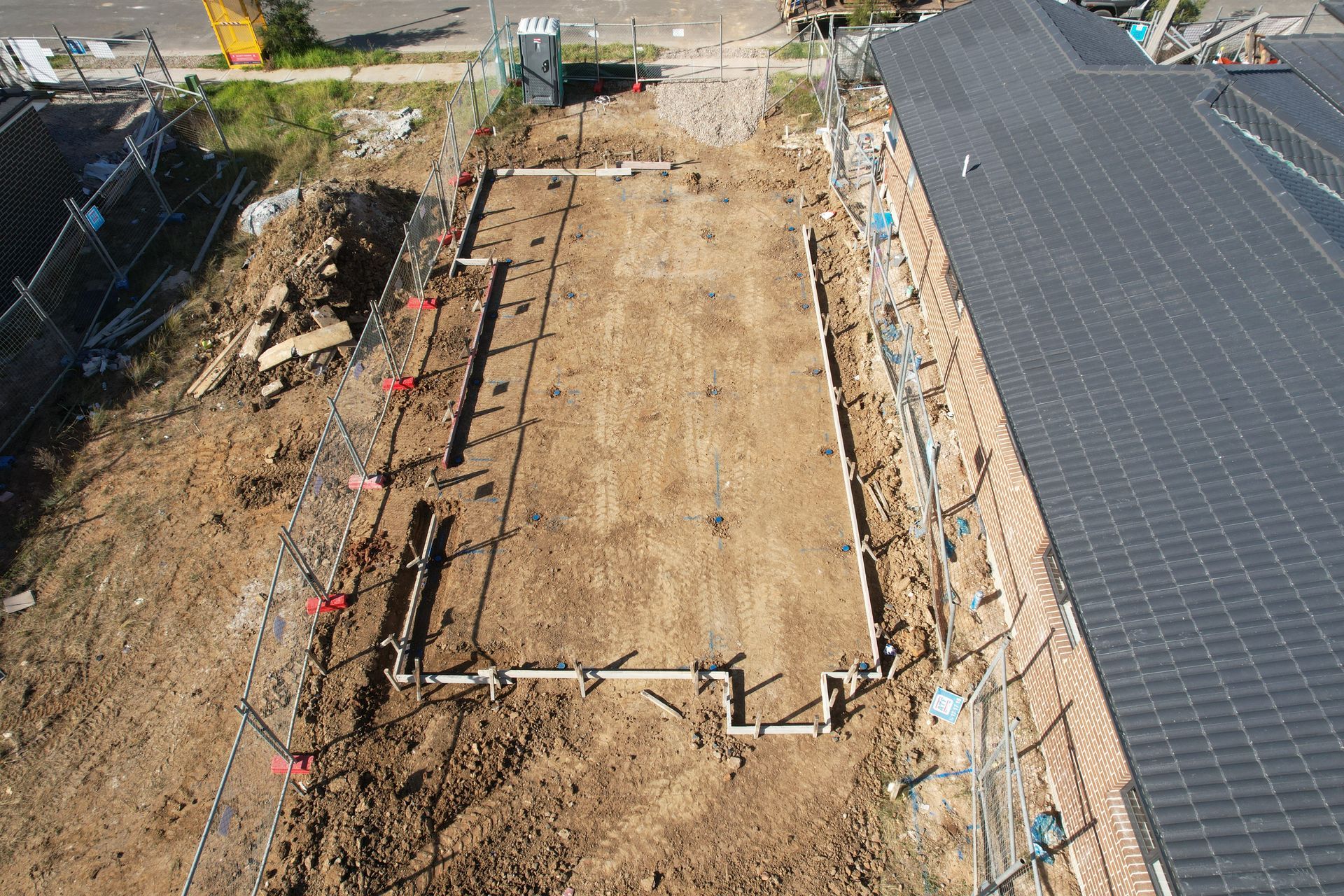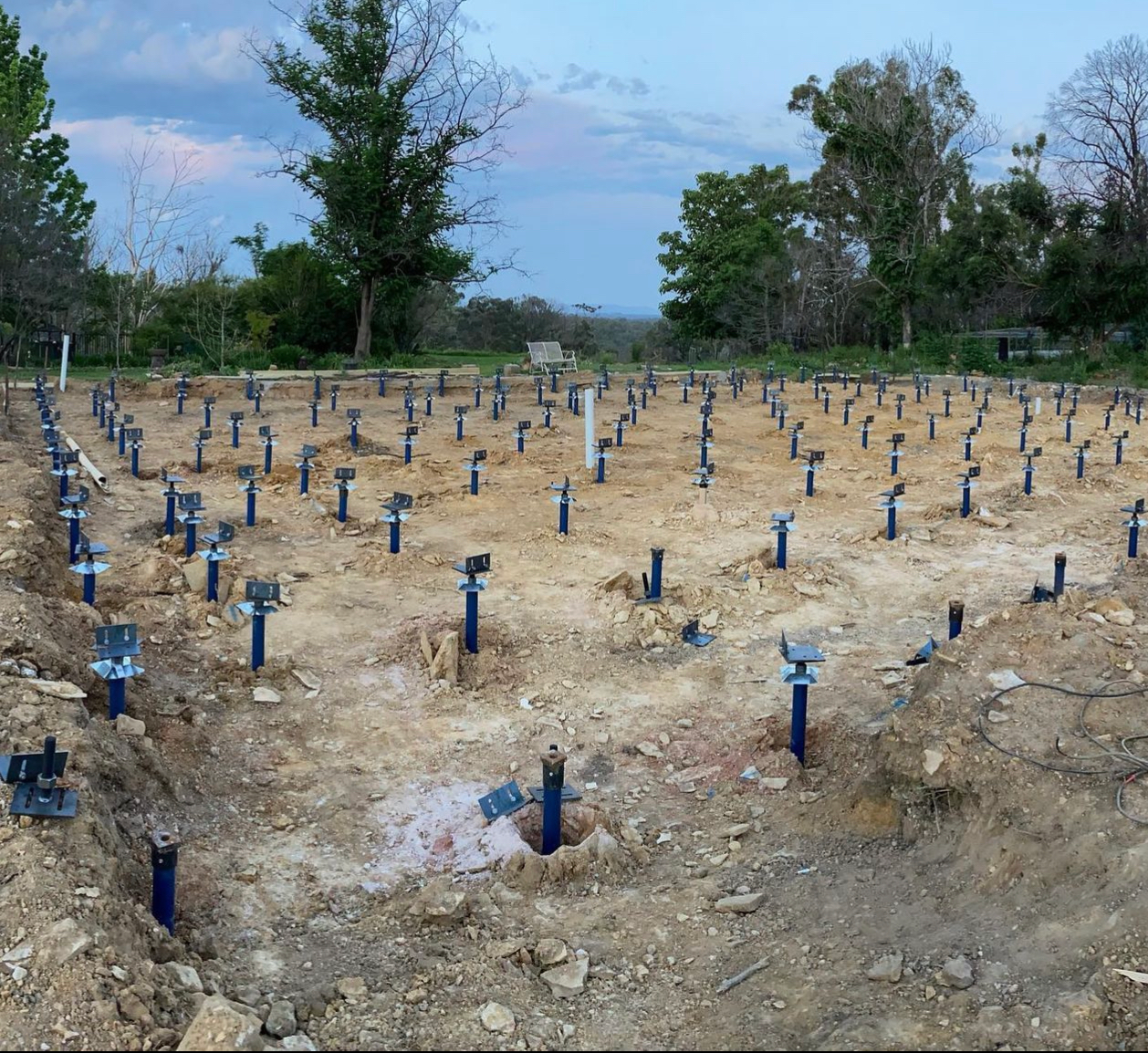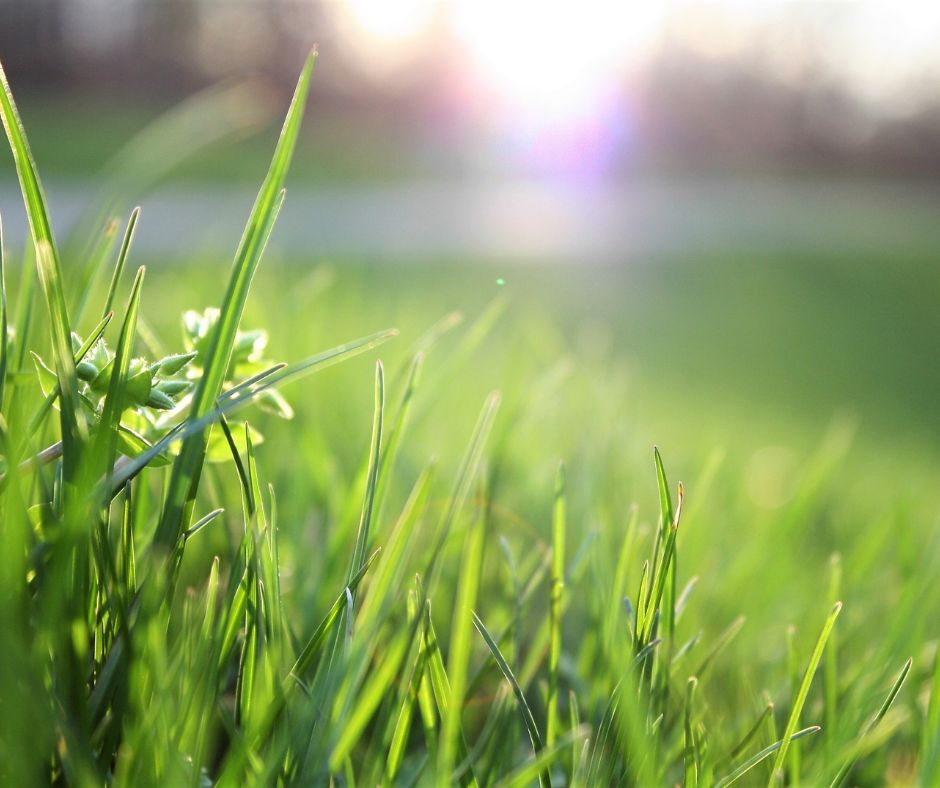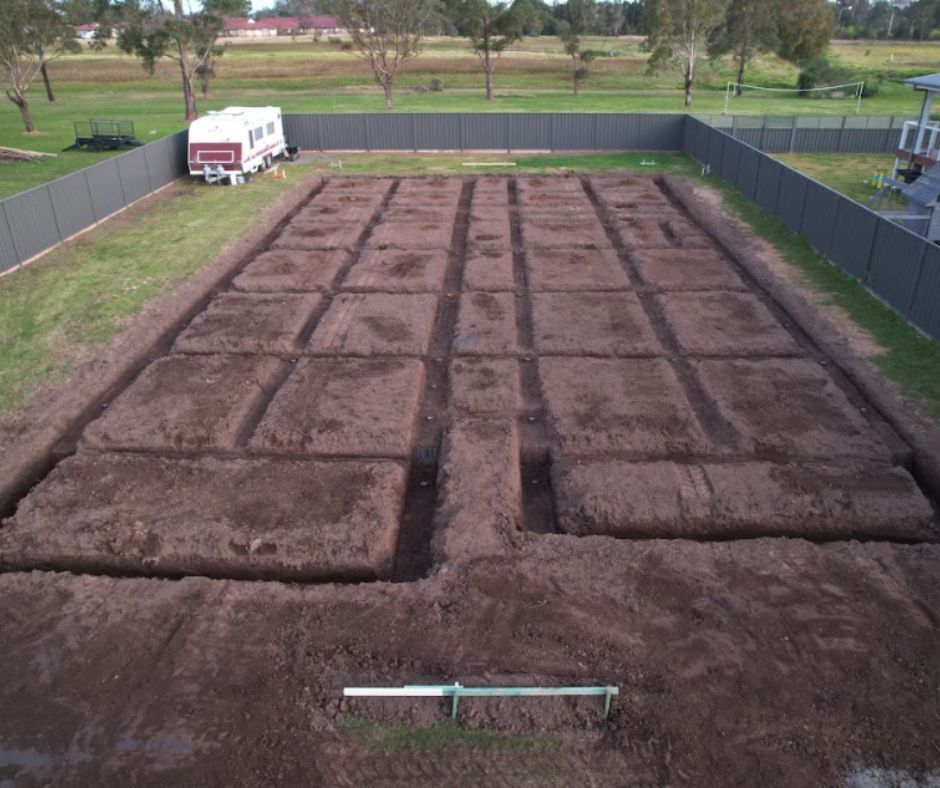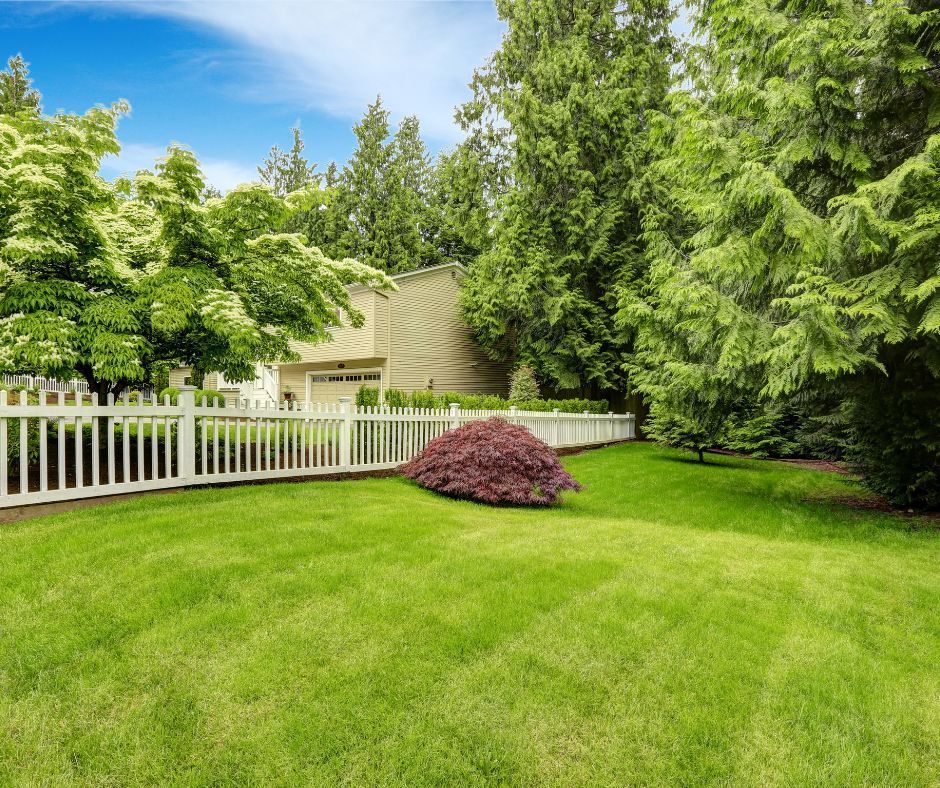Unearthing What is a Screw Pier: Its Nuances and Origin
A well-designed and adequately constructed foundation is crucial to the stability, longevity, and safety of any building. They are critical in resisting natural lateral and uplift forces such as earthquakes, floods, and strong winds.
Picture a foundation solution that integrates strength, versatility, and rapid installation—that is precisely where Screw Piers excel. This innovative technology has been gaining popularity in the construction industry for its ability to overcome the limitations of traditional foundation methods.
In this blog, we explore the cutting-edge technology and innovative engineering behind Screw Piers’ groundbreaking foundation solution. Exactly what is a screw pier, its history, and its distinct differences from conventional methods.
Let’s uncover how this revolutionary approach is reshaping traditional construction methods and setting new benchmarks for sustainability, efficiency, and structural integrity.
Defining: What Are Screw Piles?
Screw Piles, also known as helical piers or screw piers, are cylindrical steel shafts featuring helical blades along their length. They can be precisely tailored to match the load-bearing requirements of different structures.
The helical blades of screw piers act like giant screws. Instead of digging deep excavations or pouring large amounts of concrete, the blades allow the pier to be screwed firmly into the ground. This process provides a strong and stable foundation, minimises environmental impact, and offers faster construction timelines.
The helical design of Screw Piers also allows them to anchor securely into various soil types and conditions. It offers a reliable solution for expansive soils, high water tables, or challenging environmental conditions while also ensuring the stability and longevity of the structure.
How Long Have Screw Piers Been Around?
The concept of helical piles was first introduced by Irish engineer Alexander Mitchell in the 1830s. Mitchell utilised screw piles to provide stable support for lighthouses, overcoming the challenges posed by sandy and shifting soil conditions. This early application showcased the adaptability and resilience of Screw Piers and set the stage for their continued evolution.
Over the decades, Screw Piers experienced significant milestones and is gradually gaining recognition. Modern engineering and construction professionals now acknowledge the importance of what is a screw pier. It is a reliable foundation solution, utilised for their ability to provide efficient and stable foundations in diverse soil conditions.
What is a Screw Pile?: Its Differences from Traditional Foundation Methods
In comparison to traditional foundation methods, Screw Piers stand out as an innovative foundation solution, setting a new standard for efficiency and effectiveness in the construction industry because of the following:
Installation Technique
Screw piers are installed hydraulically these days, using various machines to install them into the ground, while traditional foundations involve excavation of a hole or footing and pouring concrete into forms.
Time and Labour
Screw piers generally require less time and manpower due to quicker installation, whereas traditional foundations often involve more extensive processes, including excavation, tremendous amount of excess material, concrete pumps, and curing time.
Site Disturbance
Screw piers cause minimal disruption to the site, as they are installed with less excavation compared to traditional foundations, which may disturb the surrounding soil more significantly.
Versatility
Screw piers are versatile and suitable for various soil conditions, whereas traditional foundations may require different solutions based on specific soil types.
Load Distribution
The helical shape of screw piers provides excellent load-bearing capacity and stability, contrasting with traditional foundations that rely on the mass and strength of materials like concrete for load-bearing.
Accessibility
Screw piers can be installed in tight or hard-to-reach spaces, making them more accessible than traditional foundations, which may require larger equipment and more space for excavation.
Environmental Impact
Screw piers typically have a lower environmental impact due to reduced excavation and disturbance compared to traditional foundations, which may involve more extensive soil disruption.
Cost Considerations
Screw piers can be cost-competitive with reduced labour and equipment requirements, while traditional foundations may have varying costs based on the type of foundation and project complexity.
Foundation Depth
Screw piers can be designed to reach deeper depths if necessary, providing a versatile and more efficient solution, whereas traditional foundations may be limited in depth based on the foundation type and soil conditions as well as machine used.
Conclusion
Knowing what is a screw pier and its history presents an exciting opportunity to redefine the expectations in the performance of foundations in various structures. The versatility, speed, and stability it offers make it a compelling choice, especially in environments where traditional methods may fall short.
To take the next step in constructing Screw Piers foundation for your project, we encourage you to reach out to our team of experts at MRN Excavations. With a commitment to quality and innovative Screw Piers installation, we bring years of experience and expertise to the table.
Whether you are curious to know “what are screw piles?”, navigating challenging soil conditions, aiming for a swift construction timeline, or prioritising sustainability, our Screw Pier foundation solution is equipped to provide tailored advice and solutions.
In addition to Screw Piers foundation, we also provide a range of services, encompassing excavations and comprehensive lawn landscaping solutions.
Specialist team for your excavation needs across Sydney, Wollondilly, South Coast & surrounding areas.
CONTACT US
Wollongong & Sydney, Menangle, NSW, Australia
MRN Excavations | Proudly Powered by DSD

